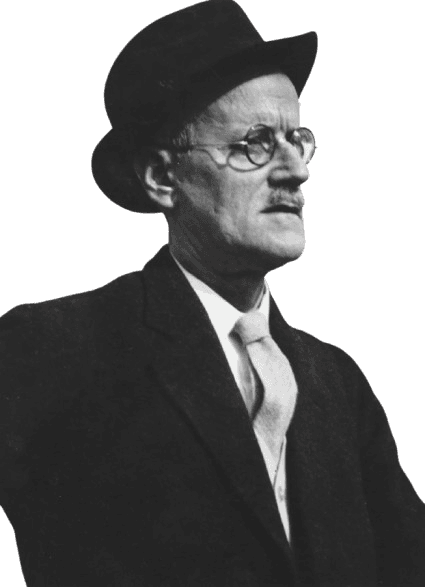Life and achievements
Early life
James Joyce was born in Dublin, Ireland, to a moderately prosperous family on February 2, 1882. Joyce's father, Stanislaus Joyce, was a rate collector, while his mother, Mary Jane "May" Murray, came from a family of politicians. Joyce was the first of the ten children who survived to adulthood; his childhood was characterized by his father's struggles and the family's frequent moves. Nevertheless, Joyce was a bright student and went to some of the best schools in Dublin, including Clongowes Wood College and Belvedere College.
His time at Belvedere College was fruitful as he became interested in literature and languages. Joyce's academy was at University College Dublin, where he studied modern languages, including English, French, and Italian. Joyce was also an active participant in the Dublin literary and theatrical scenes at the time, and he associated with such people as George Clancy, Tom Kettle, and Francis Sheehy-Skeffington. These experiences and connections significantly influenced his literary career.
Legacy
Joyce's work is widely read and studied today and undeniably impacts literature. He introduced new forms of narration, especially the stream of consciousness, in modernist literature. "Ulysses," considered one of the finest pieces of literature of the twentieth century, is still studied in many literature courses and is observed every June 16 as Bloomsday. This international event takes place on the date depicted in the novel, and literature lovers follow the paths of the novel's characters across Dublin.
Joyce's input is confined to the major works that he wrote. His concern with depicting human consciousness, his attention to detail, and the language he employed in his works have raised the bar in literary creativity. His influence can be felt in the writings of Samuel Beckett, Virginia Woolf, and William Faulkner. Joyce's works are timeless because he effectively portrayed Dublin while at the same time tackling issues that are relevant in any society.
Joyce and his works were censored, which created controversies. Still, he did not waver and remained steadfast in his decision to publish his works and his artistic vision, thus making a significant impact in literature. People still read, interpret, and discuss his works, meaning his contribution is still relevant. James Joyce is one of the most influential writers of the Modernist period, and his work will remain pertinent for many years.
Milestone moments
Feb 18, 1882
Birth of James Joyce
James Augustine Aloysius Joyce was born in Dublin, Ireland, on February 2, 1882.
Joyce's father, Stanislaus Joyce, was a rate collector, while his mother, Mary Jane "May" Murray, came from a family of politicians.
Joyce was the firstborn of ten children in a middle-income family who once faced financial challenges.
Nonetheless, Joyce's first years in school were characterized by high performance and a love for literature.
This early exposure to real life in Dublin would significantly shape his literary works.
May 1, 1904
Meeting Nora Barnacle and Exile
Joyce started his relationship with Nora Barnacle in 1904; she was his lifetime companion.
They met and had their first date on June 16, 1904, which is celebrated as Bloomsday in his novel "Ulysses."
Joyce and Nora left Ireland the same year and lived in different European cities, such as Trieste, Zurich, and Paris.
This period can be considered the beginning of Joyce's literary activity. Joyce struggled with financial problems but did not give up on his dream.
Joyce's life was rather tricky, and the main themes of his works were connected to the idea of displacement.
Oct 23, 1914
Publication of "Dubliners"
Joyce's first work was published in 1914 after a long struggle with the publishers over its contents.
"Dubliners" is a collection of short stories that portray people's lives in Dublin and Joyce's mastery of storytelling.
Thus, the book's publication can be Joyce's breakthrough, and the writer's further development of the style and themes led to the creation of his more avant-garde works.
"Dubliners" was well-received and praised for depicting the city and analyzing concepts such as paralysis and epiphany.
The collection is still considered one of the most significant works of modernist literature and captures the author's love for his city.
Oct 22, 1922
Publication of "Ulysses"
"Ulysses," Joyce's most famous work, was published in 1922 in Paris and changed the course of modernist literature.
The novel can be compared to Homer's "Odyssey" because of the events that happened to Leopold Bloom on June 16, 1904, in Dublin.
"Ulysses" uses techniques such as the stream of consciousness and deals with identity, memory, and consciousness.
Due to its content, the novel was banned in the United States and the United Kingdom, but later, it was recognized as a great work of art.
Thus, "Ulysses" confirmed Joyce as a leading avant-garde figure and a modernist art pioneer.
